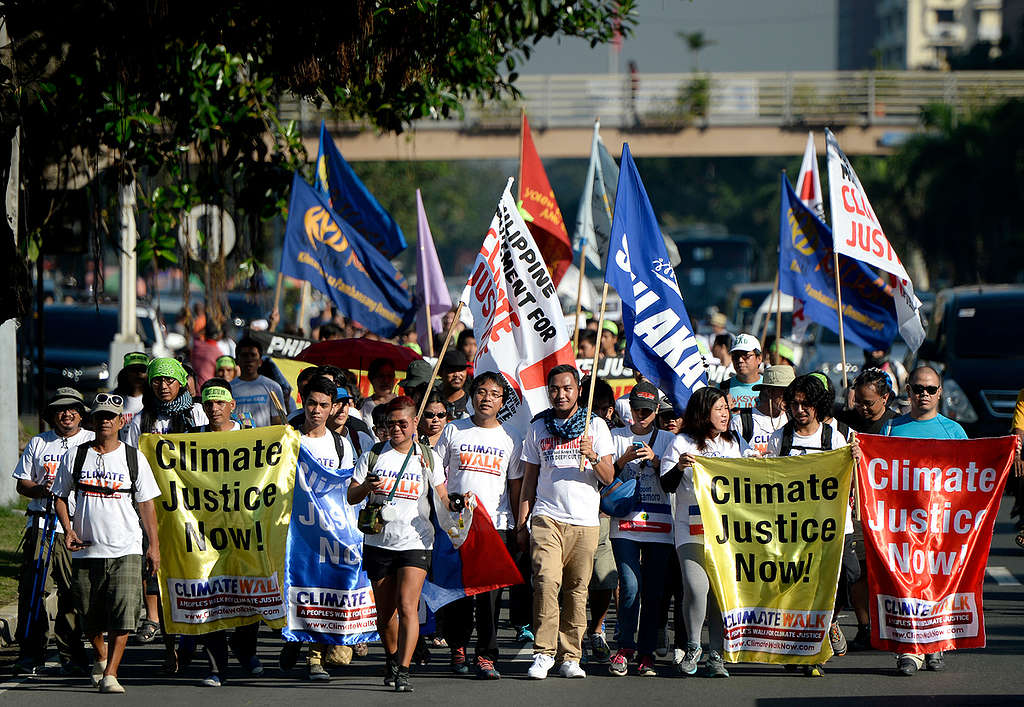It's easy to see why Indigenous People are regarded as the guardians of biodiversity. They courageously resist the destructive plans pursued by governments and corporations interested only in extracting wealth from the Earth to line their pockets.
Indigenous Peoples are the stewards of their lands which play a key role in tackling the climate crisis. In Brazil, studies show that between 2005 and 2012, deforestation rates were 17 times lower in Indigenous territories than unprotected areas of the Amazon. Forests play a crucial role in storing carbon underground, and protecting them means protecting us from further escalation of the climate crisis.
From 2020 until 2024, South Africans heard the calls from the amaMpondo community and others to protect the Wild Coast, which houses pristine and precious biodiversity, from the seismic blasting that fossil fuel company Shell had planned. The whole country rallied around them. Protests erupted from beaches along South Africa's entire coastline to the streets of capital cities. Indigenous People of South Africa fought Shell in the courts. And they won.
There have been hard-won victories by Indigenous communities to protect and secure their homelands and their rights, but the struggles and resistance are far from over. There is no climate justice without environmental justice – and environmental justice means that we stand with Indigenous Peoples as they fight for their lives and the planet, while respecting their knowledge and wisdom.
Here are 6 blogs on how Indigenous Peoples around the world are leading us towards biodiversity protection and climate justice.
Protecting Rainforests with Indigenous Peoples and local communities
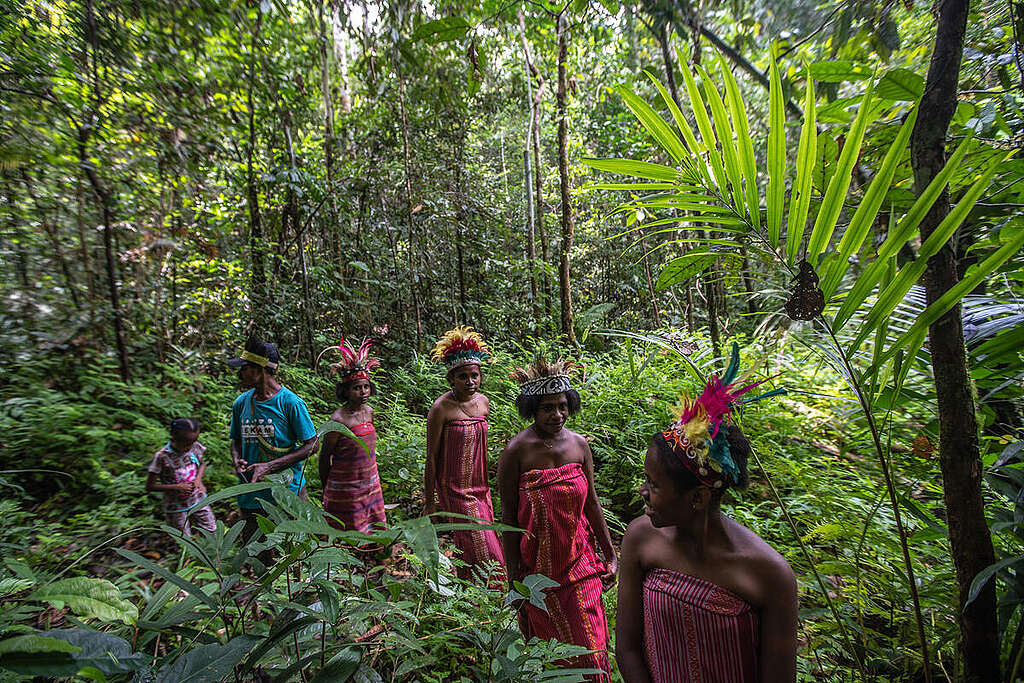
Despite their endless tireless fight Indigenous Peoples – their land rights and culture – still continue to face multiple threats from industrial agriculture, logging, mining, oil and gas exploitation, carbon and biodiversity offsets schemes and infrastructure development. In this article Victorine Che Thoener, a senior campaigner at Greenpeace International, shares three victories from the three largest rainforests in the world - the Amazon, the Congo Basin, and Papua.
Che Thoener writes: "There is an urgent need to call for more funding to support the efforts of Indigenous Peoples all around the world in implementing their solution-based initiatives and in the implementation of their traditional management plans in order to continue to develop alternative activities within their forests and ensure their protection for the well-being of humanity."
The calling of Raoni and the strength of now
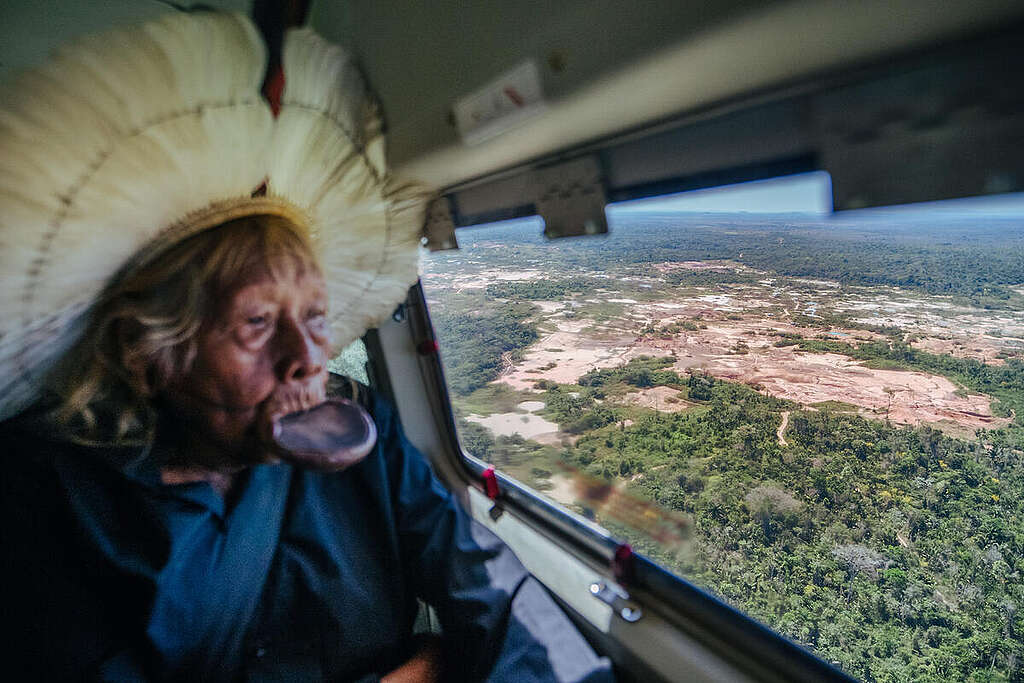
Raoni is the greatest Indigenous Chief in Brazil and one of the most recognised global leaders. Because of his concern for the ongoing destruction caused by gold mining in the Kayapó Territory, where Raoni was born some 90 years before, Greenpeace Brazil extended an invitation to fly over the region and witness the full extent of the damage from above. In this piece Carolina Pasquali the Executive Director of Greenpeace Brazil documents the heart-break and yet profound commitment that marked the occasion.
Pasquali writes: "Before we landed, I asked Raoni if he believes we will be able to fight gold mining and value an economy based on the standing forest. Very firmly, he took my arm and said "yes, I believe and I know". At over 90 years old, Raoni teaches us that time is now, and that there is no alternative but to remain firm, calm and strong. And to never give up the fight."
Biodiversity: a deep connection with nature
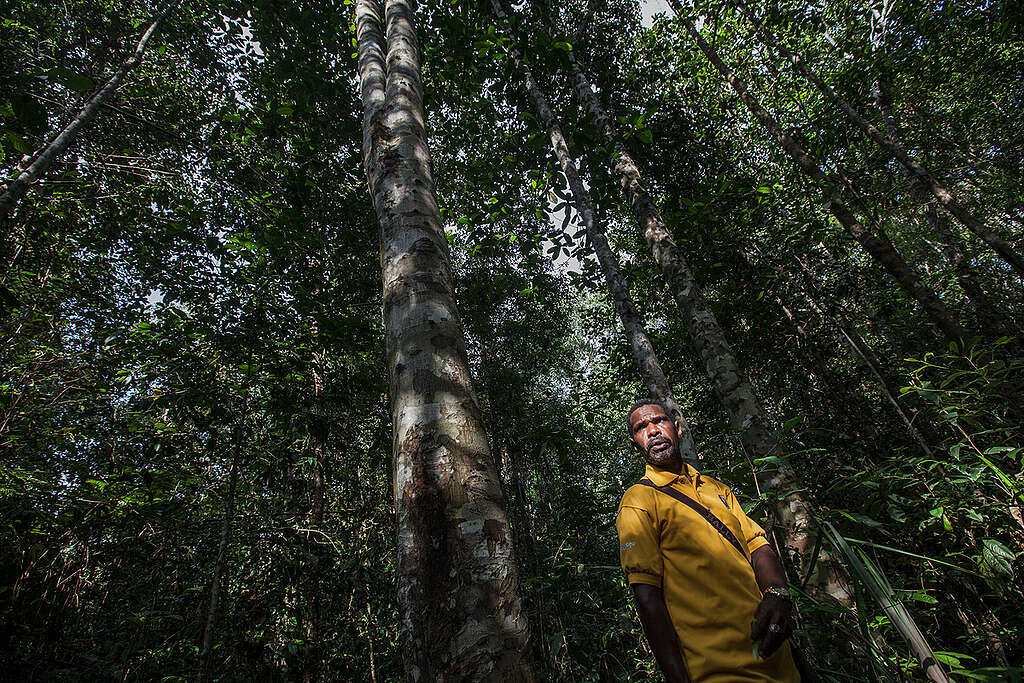
Igor O'Neill, who works on research and communications for Greenpeace Indonesia's forest campaign writes about New Guinea (also known as Papua) as a haven of rich biodiversity and home to Indigenous communities, including the Knasaimos-Tehit. Its lush jungles are under threat by agribusiness companies, backed by international finance, that want to clear its forests to make way for palm oil, paper pulp and other plantations. Indigenous Peoples across the island are having to engage in struggles to protect their cultural and natural heritage.
Arkilaus Kladit, an Indigenous leader and rights activist, says: "Our deep bond with the Knasaimos forests and with nature is profound and intrinsic, we are a part of it, and the forests are our lifeblood, woven into the fabric of our existence."
Protecting traditional and cultural roots in the Great Northern Forest
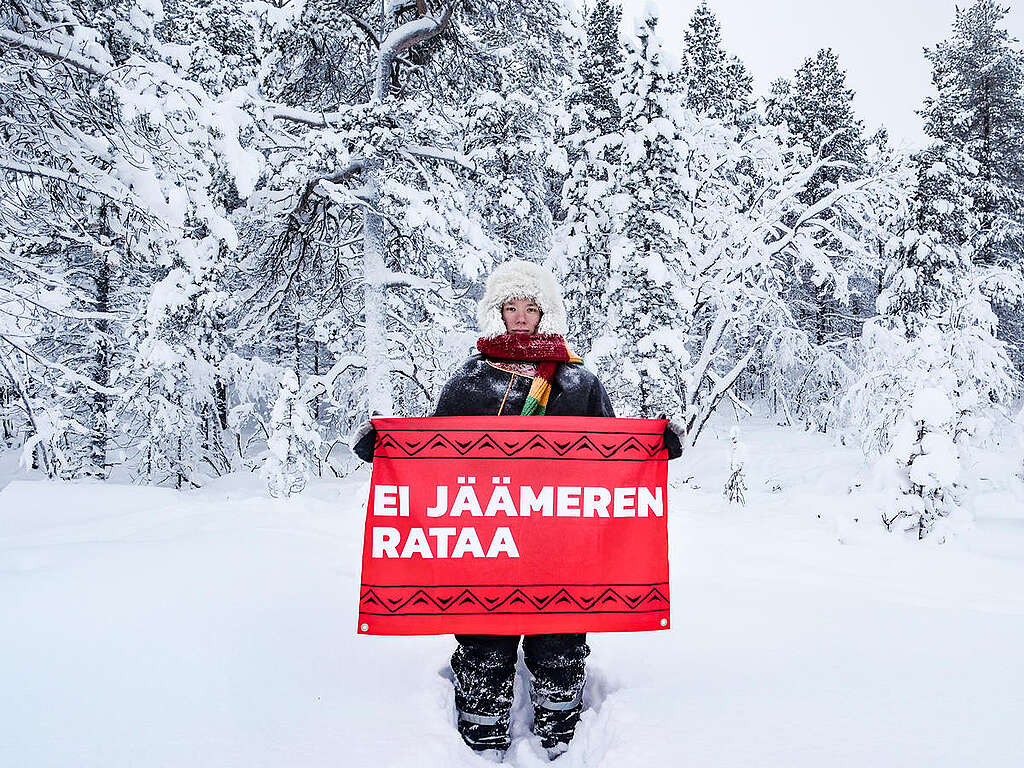
The Great Northern Forest is one of the world's largest carbon sinks, and it has a critical role to play in regulating the Earth's climate; it is also where the Sámi have lived, managed the land, and herded reindeer for thousands of years. Over time, the Sámi people of northern Europe are having to resist the exploitation of their traditional land, threatening their livelihoods and culture.
Jussa Seurujärvi, a reindeer herder in the Sápmi forests, the Sámi homeland, and member of the Muddusjärvi reindeer herding cooperative writes: "We have always been forced to defend our rights and we refuse to look away while the Finnish state tramples on the rights of our people. I know we are not alone, and this empowers our community every day."
Owning the role of custodians in the Democratic Republic of Congo
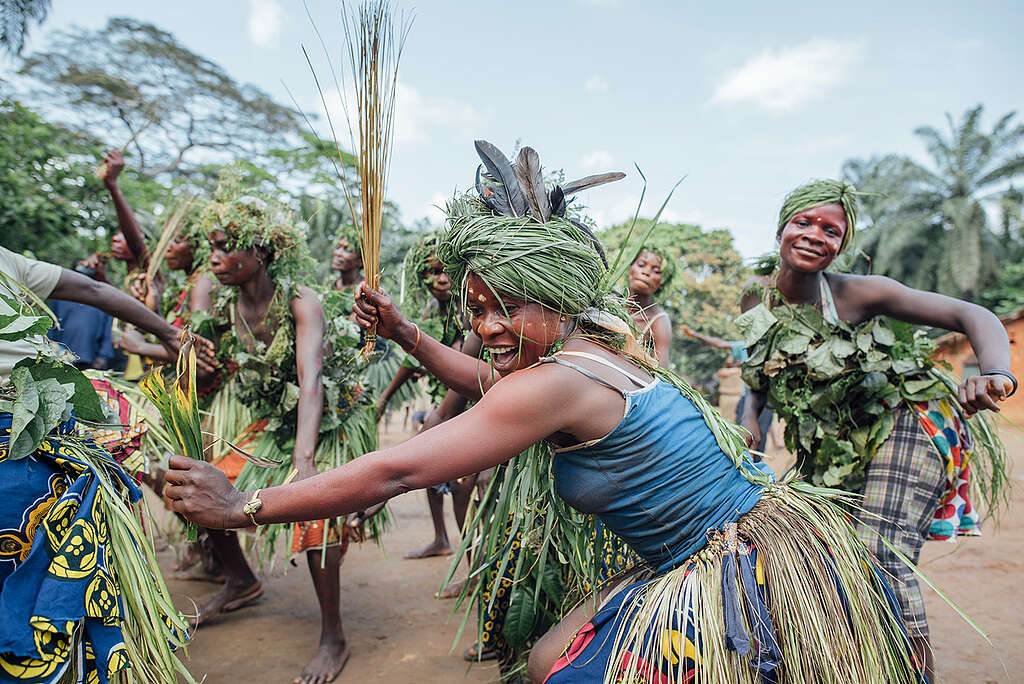
The Indigenous Peoples of Lokolama have been guardians of forests for centuries, trying to keep their home safe from industrial logging and extractive activities while having their rights under threat and facing extreme political, economic and sociocultural marginalisation.
Victorine Che Thoener shares how the Lokolama People achieved an important victory in 2019, becoming the first Indigenous Peoples in the DRC to obtain a Local Community Forest Concession, recognising their right to govern the forests and securing their lands.
A letter to Gerard Barron, CEO of The Metals Company
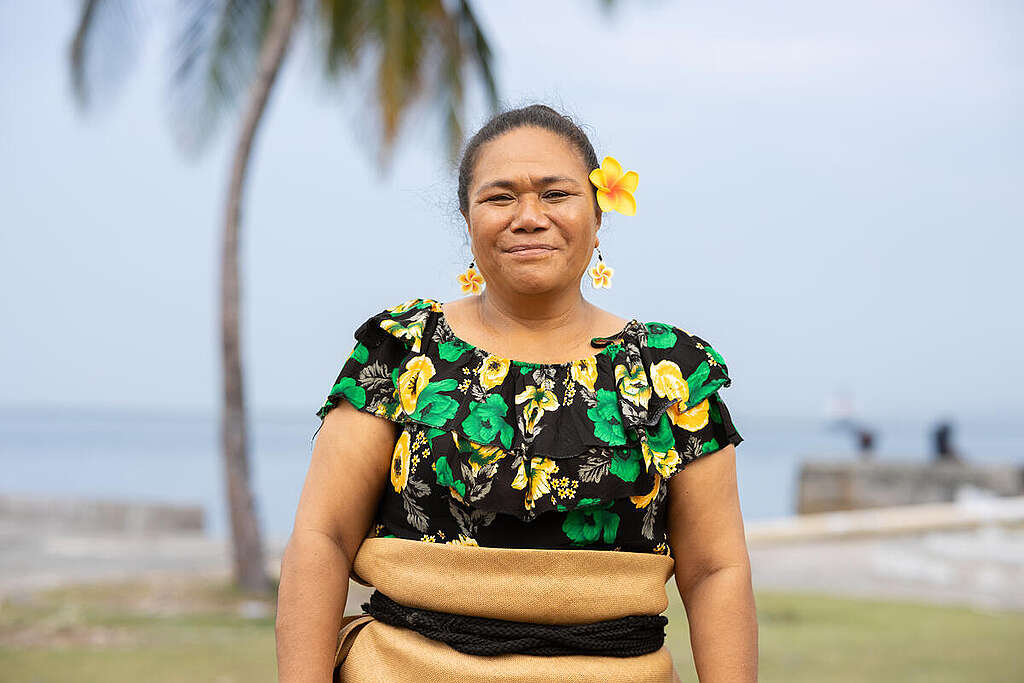
Pelenatita Kara, the National Deep Sea Mining Coordinator for the Civil Society Forum Tonga, has been campaigning against deep sea mining for over a decade. This is her message to Gerard Barron, the CEO of The Metals Company, the frontrunner company in starting deep sea mining in the Pacific Ocean.
Pelenatita writes: "You have claimed that the deep ocean is a place where no one lives, which shows a total lack of humanity and regard for the Indigenous Peoples of the Pacific Ocean. We have called it home for centuries, revere the deep ocean in our cultural heritage, and rely on the whole ocean to survive.
We don't need your money. We need our ocean more. Get out of our home!"
It's time for all of us to assert our rights, demand climate justice, and a dignified way of life.
Chris Vlavianos is a Content Editor with Greenpeace International, based in Johannesburg, South Africa.

 (@greenpeace)
(@greenpeace)